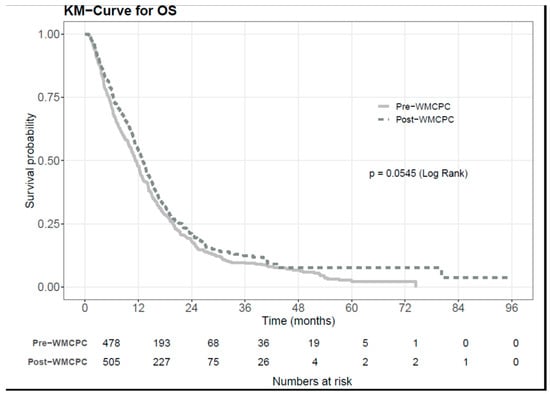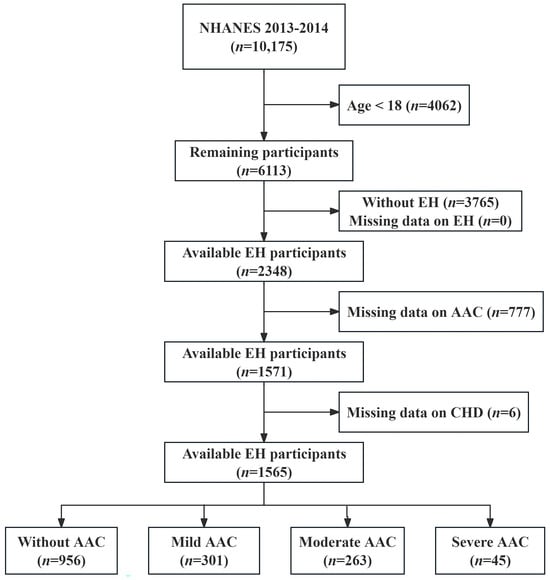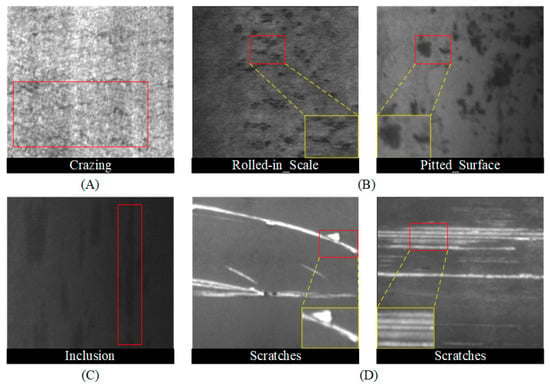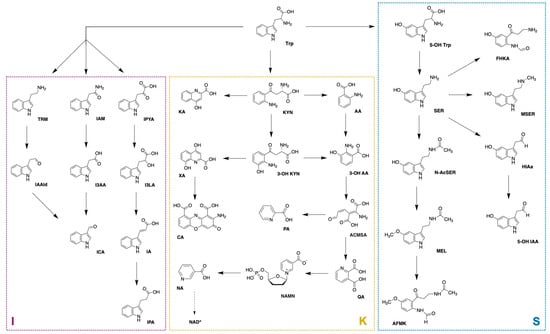Background: Pancreatic ductal adenocarcinoma (PDAC) presents significant challenges in diagnosis, staging, and appropriate treatment. Furthermore, patients with PDAC often experience complex symptomatology and psychosocial implications that require multi-disciplinary and inter-professional supportive care management from health professionals. Despite these hurdles, the implementation of inter-professional
[...] Read more.
Background: Pancreatic ductal adenocarcinoma (PDAC) presents significant challenges in diagnosis, staging, and appropriate treatment. Furthermore, patients with PDAC often experience complex symptomatology and psychosocial implications that require multi-disciplinary and inter-professional supportive care management from health professionals. Despite these hurdles, the implementation of inter-professional clinic approaches showed promise in enhancing clinical outcomes. To assess the effectiveness of such an approach, we examined the impact of the Wallace McCain Centre for Pancreatic Cancer (WMCPC), an inter-professional clinic for patients with PDAC at the Princess Margaret Cancer Centre (PM).
Methods: This retrospective cohort study included all patients diagnosed with PDAC who were seen at the PM before (July 2012–June 2014) and after (July 2014–June 2016) the establishment of the WMCPC. Standard therapies such as surgery, chemotherapy, and radiation therapy remained consistent across both time periods. The cohorts were compared in terms of survival rates, disease stage, referral patterns, time to treatment, symptoms, and the proportion of patients assessed and supported by nursing and allied health professionals.
Results: A total of 993 patients were included in the review, comprising 482 patients pre-WMCPC and 511 patients post-WMCPC. In the multivariate analysis, adjusting for ECOG (Eastern Cooperative Oncology Group) and stage, it was found that post-WMCPC patients experienced longer median overall survival (mOS, HR 0.84, 95% CI 0.72–0.98,
p = 0.023). Furthermore, the time from referral to initial consultation date decreased significantly from 13.4 to 8.8 days in the post-WMCPC cohort (
p < 0.001), along with a reduction in the time from the first clinic appointment to biopsy (14 vs. 8 days,
p = 0.022). Additionally, patient-reported well-being scores showed improvement in the post-WMCPC cohort (
p = 0.02), and these patients were more frequently attended to by nursing and allied health professionals (
p < 0.001).
Conclusions: The implementation of an inter-professional clinic for patients diagnosed with PDAC led to improvements in overall survival, patient-reported well-being, time to initial assessment visit and pathological diagnosis, and symptom management. These findings advocate for the adoption of an inter-professional clinic model in the treatment of patients with PDAC.
Full article
 IJMS
IMPACT
IJMS
IMPACT Applied Sciences
IMPACT
Applied Sciences
IMPACT Sustainability
IMPACT
Sustainability
IMPACT Sensors
IMPACT
Sensors
IMPACT JCM
IMPACT
JCM
IMPACT Materials
IMPACT
Materials
IMPACT Molecules
IMPACT
Molecules
IMPACT Energies
IMPACT
Energies
IMPACT Electronics
IMPACT
Electronics
IMPACT Remote Sensing
IMPACT
Remote Sensing
IMPACT Cancers
IMPACT
Cancers
IMPACT Nutrients
IMPACT
Nutrients
IMPACT Mathematics
IMPACT
Mathematics
IMPACT Foods
IMPACT
Foods
IMPACT Buildings
IMPACT
Buildings
IMPACT Polymers
IMPACT
Polymers
IMPACT Animals
IMPACT
Animals
IMPACT Water
IMPACT
Water
IMPACT Plants
IMPACT
Plants
IMPACT Agronomy
IMPACT
Agronomy
IMPACT Biomedicines
IMPACT
Biomedicines
IMPACT Processes
IMPACT
Processes
IMPACT Microorganisms
IMPACT
Microorganisms
IMPACT Diagnostics
IMPACT
Diagnostics
IMPACT Nanomaterials
IMPACT
Nanomaterials
IMPACT Viruses
IMPACT
Viruses
IMPACT Medicina
IMPACT
Medicina
IMPACT Healthcare
IMPACT
Healthcare
IMPACT Cells
IMPACT
Cells
IMPACT Forests
IMPACT
Forests
IMPACT Agriculture
IMPACT
Agriculture
IMPACT Land
IMPACT
Land
IMPACT JMSE
IMPACT
JMSE
IMPACT IJERPH
IJERPH
 Symmetry
IMPACT
Symmetry
IMPACT Genes
IMPACT
Genes
IMPACT Pharmaceutics
IMPACT
Pharmaceutics
IMPACT Coatings
IMPACT
Coatings
IMPACT Micromachines
IMPACT
Micromachines
IMPACT Pharmaceuticals
IMPACT
Pharmaceuticals
IMPACT Atmosphere
IMPACT
Atmosphere
IMPACT Children
IMPACT
Children
IMPACT Religions
IMPACT
Religions
IMPACT Antioxidants
IMPACT
Antioxidants
IMPACT Life
IMPACT
Life
IMPACT Metals
IMPACT
Metals
IMPACT Biomolecules
IMPACT
Biomolecules
IMPACT Vaccines
IMPACT
Vaccines
IMPACT Education Sciences
IMPACT
Education Sciences
IMPACT Minerals
IMPACT
Minerals
IMPACT Horticulturae
IMPACT
Horticulturae
IMPACT Brain Sciences
IMPACT
Brain Sciences
IMPACT JPM
IMPACT
JPM
IMPACT Bioengineering
IMPACT
Bioengineering
IMPACT





















